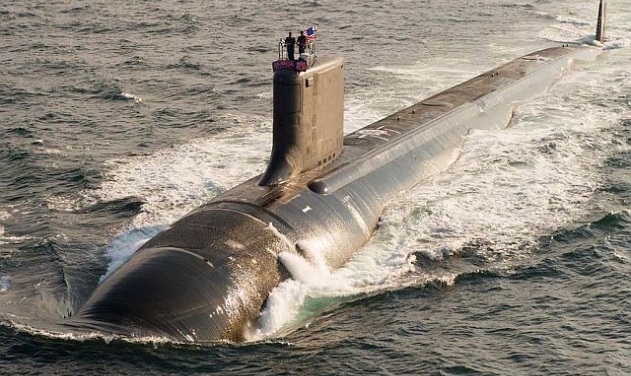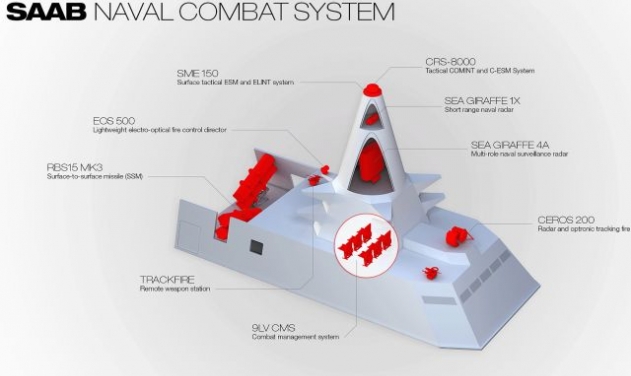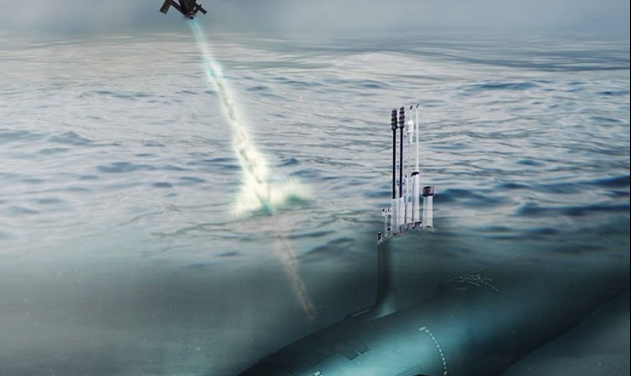US Navy’s COBRA Mine Detection System Achieves Initial Operational Capability

The U.S. Navy AN/DVS-1 Coastal Battlefield Reconnaissance and Analysis (COBRA) system airborne mine detection system achieved Initial Operational Capability, the US Naval Sea Systems Command announced Tuesday.
Known as "Cobra," the system detects and localizes minefields and obstacles when flown over a beach zone area which can be integrated with the U.S. Navy's MQ-8 Fire Scout unmanned air system. The Block I version of COBRA completed the first phase of initial operational test and evaluation (IOT&E) on board the MQ-8B Fire Scout unmanned air system.
"COBRA represents a real step forward for tactical reconnaissance of beach areas," said Melissa Kirkendall, mine warfare programs. "With COBRA, the Navy/Marine Corps team can quickly look at a possible landing zone and detect mines and obstacles that would inhibit landing force mobility during an assault."
Previously, such reconnaissance was only possible by putting Sailors or Marines on the beach in advance of a landing, exposing them to casualties and revealing an intended landing zone. Part of the littoral combat ship's (LCS) suite of mine countermeasures (MCM) systems, COBRA is in low-rate initial production. It completed a series of developmental tests at Eglin Air Force Base, Florida and Webster Field, Maryland, since last year.
COBRA's next test will be an underway period on board an LCS equipped with a full MCM mission package (MP). The MCM MP includes the MH-60S Sea Hawk helicopter with a 23-person aviation detachment. During the at-sea trial, COBRA will fly various missions over beaches, while demonstrating system suitability for operating from the LCS.












